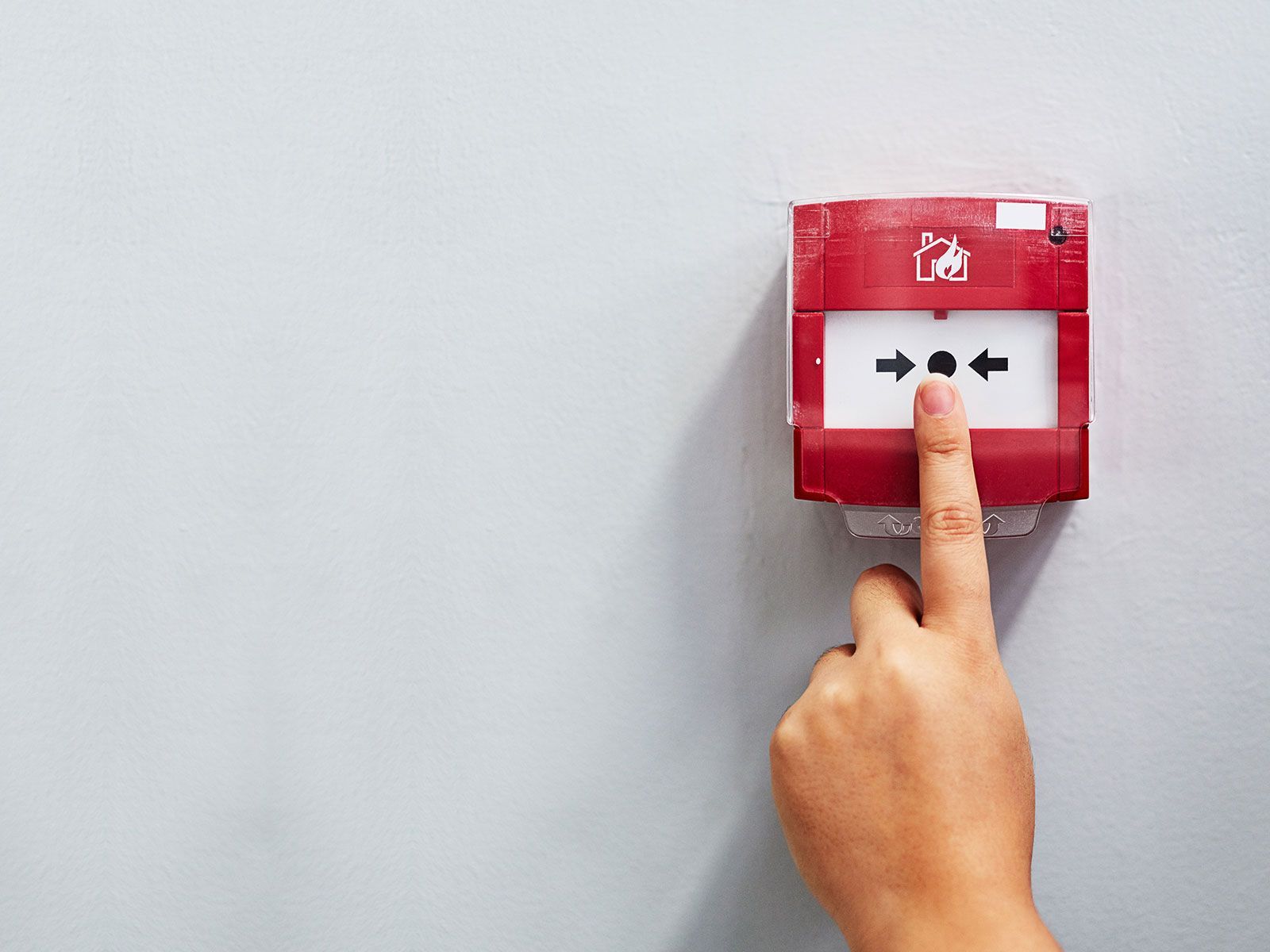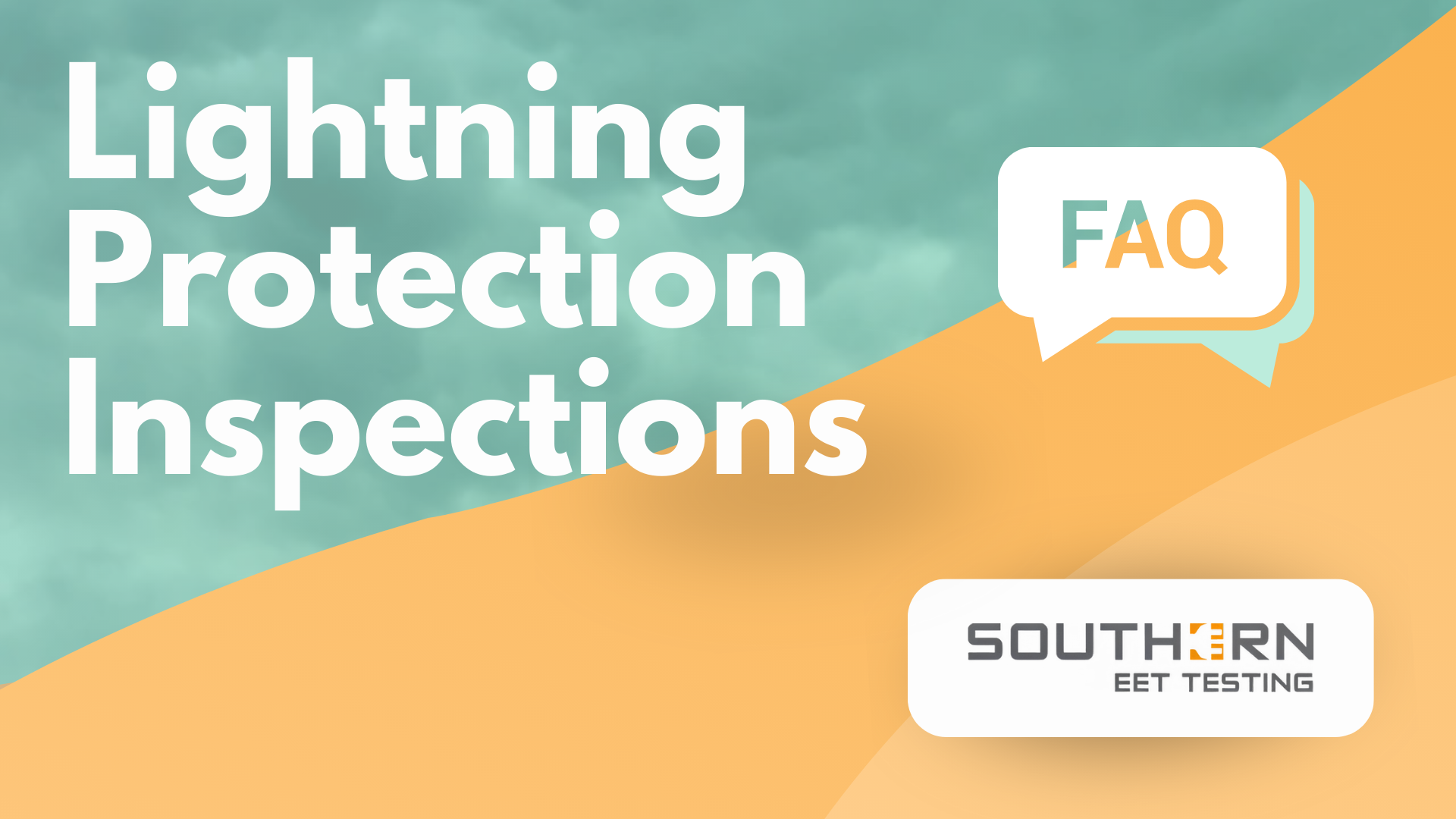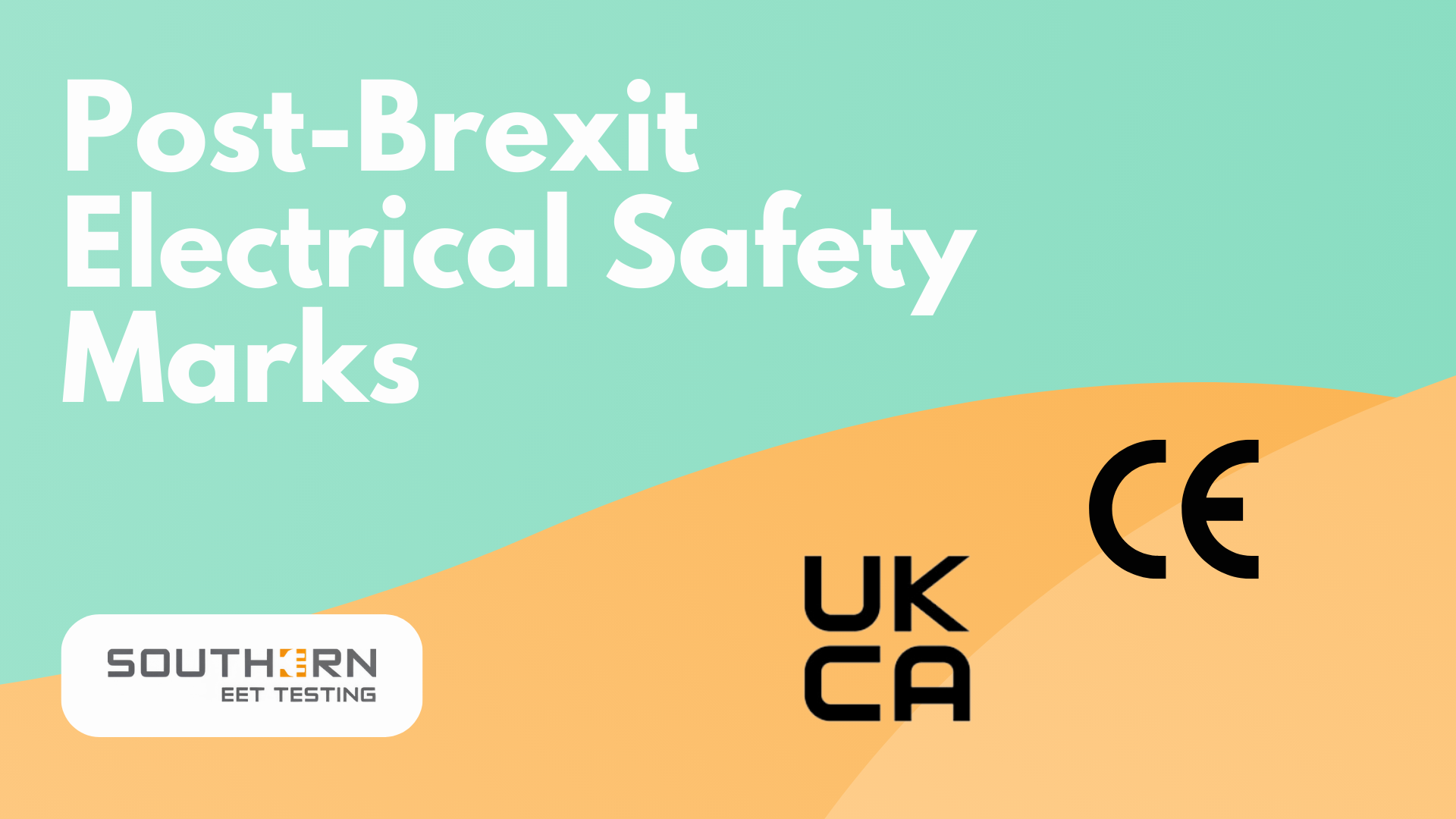Emergency Lighting Testing
Fast, Reliable & Cost Effective EICR Testing for Multiple Industries across London, Kent, Sussex & Surrey.

Quick Quote
We will get back to you as soon as possible.
Please try again later.
PAT Testing ● EET Testing ● EICR Testing ● Emergency Lighting Testing ● Fire Alarm Testing ● Fire Extinguisher Testing ● Fire Risk Assessments ● Legionella Testing ● Lighting Protection ● Thermal Imaging ● Electrical Remedial & Installation Work

Emergency Lighting Testing
If you're unsure about the need for an emergency lighting test or service, UK fire safety legislation provides clear guidelines. According to these regulations, emergency lighting must undergo a comprehensive annual test and a monthly "flick test."
Emergency lighting serves the crucial purpose of illuminating escape routes and helping occupants locate fire-fighting equipment during emergencies. Typically, it operates on rechargeable batteries that self-charge from the mains power or other sources. The lights, known as "luminaries," can be either constantly on ("maintained") or triggered by a power supply interruption ("non-maintained").
During the test, our industry-approved engineers simulate a mains power cut to ensure your system and luminaries meet the required British Standard and are in full working order. The minimum duration for an emergency escape lighting system is 1 hour, and our annual test checks that all lights turn on and remain illuminated for at least 60 minutes (up to 3 hours, depending on battery type).
Our experienced engineers are equipped with a wide range of batteries, bulb tubes, and light fittings to promptly address any issues during the service, minimizing the need for return visits. They will record all findings in your log book and provide you with the necessary legal documentation before completing the service on-site.
What Are Your Obligations?
✅
The Regulatory Reform (Fire Safety) Order 2005: This legislation applies to England and Wales and sets out requirements for fire safety measures, including emergency lighting. It places responsibility on the responsible person (such as the building owner or manager) to ensure the safety of occupants in case of fire.
✅
British Standards: While not legislation, compliance with British Standards is crucial for emergency lighting systems. In particular, BS 5266-1:2016 provides guidance on emergency lighting design, installation, and maintenance to meet safety requirements.
.
✅
New regulations surrounding new duties for building owners and managers will be coming into effect in 2023, with the introduction of the Fire Safety England Regulations 2022.

Ensure You're Compliant

Professional & Accredited
It’s crucial for work of this kind to be carried out by one of our fully qualified engineers. Our expert team can assess the scope of work required and take care of everything in next to no time. We can now carry out Emergency Lighting Testing across multiple industries.
Our Services
-
Sound & Stage
PAT Testing (EET Testing) -
Thermal Imaging
Thermal Imaging
On time , very efficient and polite. I would have no problem recommending this company and will be using them in the future.
This is the first time we have used Southern EET Testing. We found James to be efficient and courteous during his time on our premises and, as a local supplier, will certainly use them again.
Great service from the first phone call through to completion. We were on a tight time frame and they were able to come out to us at short notice and at a time and date specified by us.



Contact Us
We will get back to you as soon as possible.
Please try again later.
Blog




















